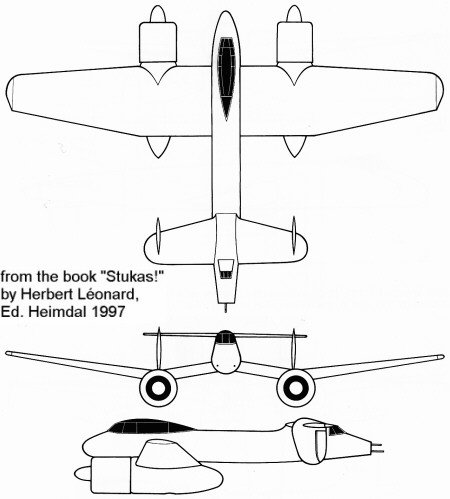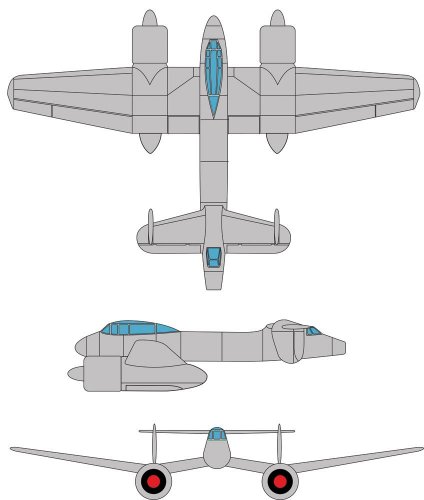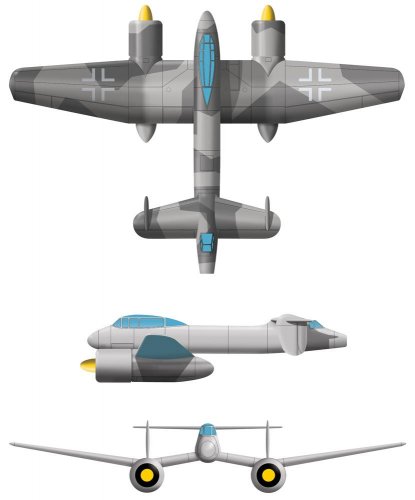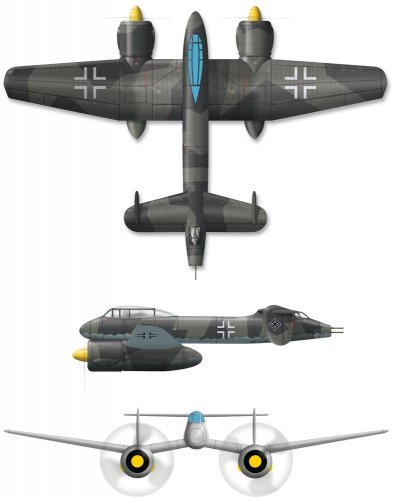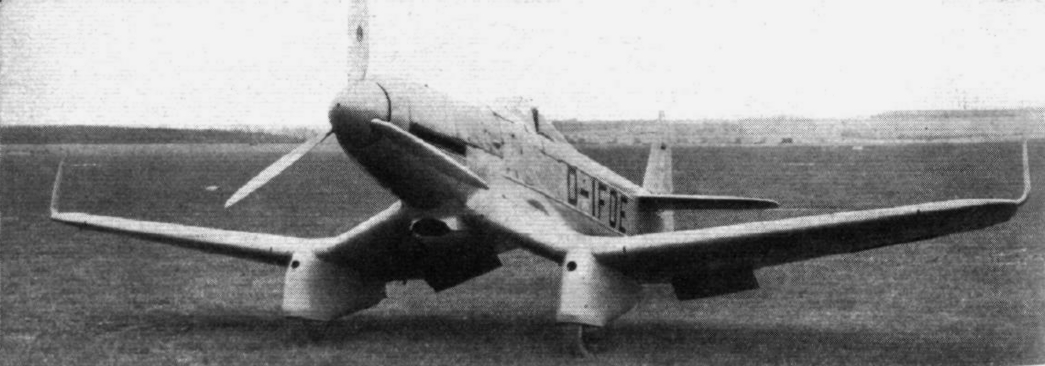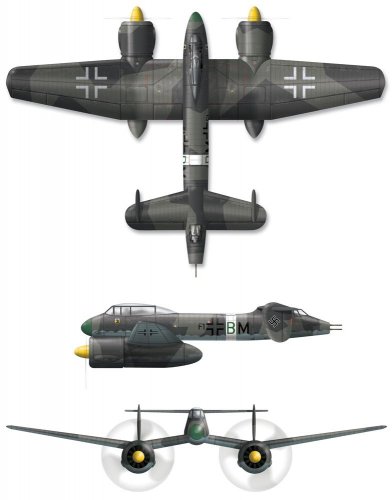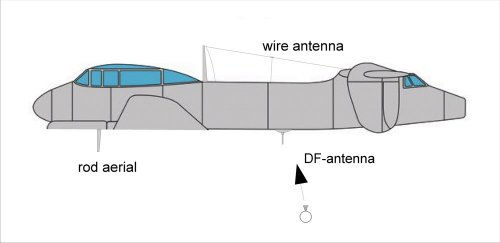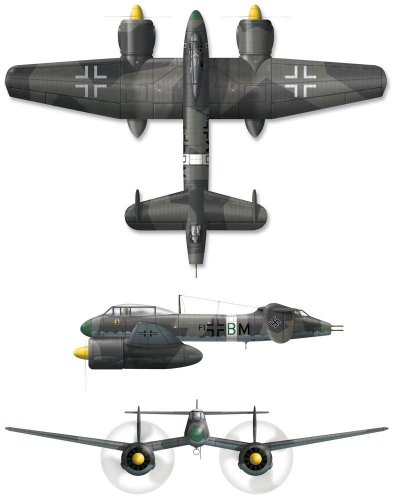Tophe
ACCESS: Top Secret
Dear Wurger suggested that I present also this one, Bv P.185
I am going to translate/summarize the text with it in this book.Tophe said:
has never been discussed here according to the Search tool. I discovered it in Herbert Léonard’s book (of 1997, out of print alas now), discussed in the EF82 topic:
There are 20 unbuilt projects in the index, apart of the built onesTophe said:
I am the happy owner of a copy of the book "Stukas!"* by Herbert Léonard, Heimdal publ. 1997... and I don't find inside the Ju EF82, even in the many unbuilt projects that are presented, and even in the "false Stukas" chapter of airplanes having dive bombing as secondary mission, despite their big weight and big wing loading. I may ask Herbert Léonard if the EF82 was still unknown in 1997 or if it was rejected for some good reason, that may be interesting for all of us.
* : http://www.priceminister.com/offer/buy/521885/Leonard-Herbert-Les-Stukas-Livre.html (8 times cheaper than on another site...) out of print it seems, but wonderful!

